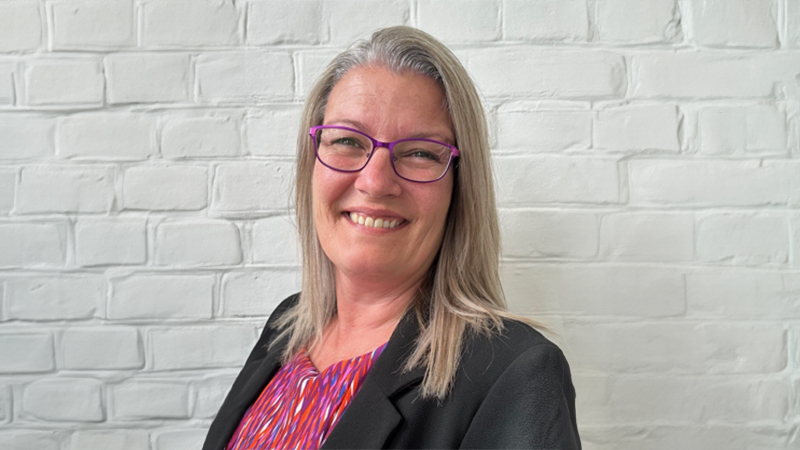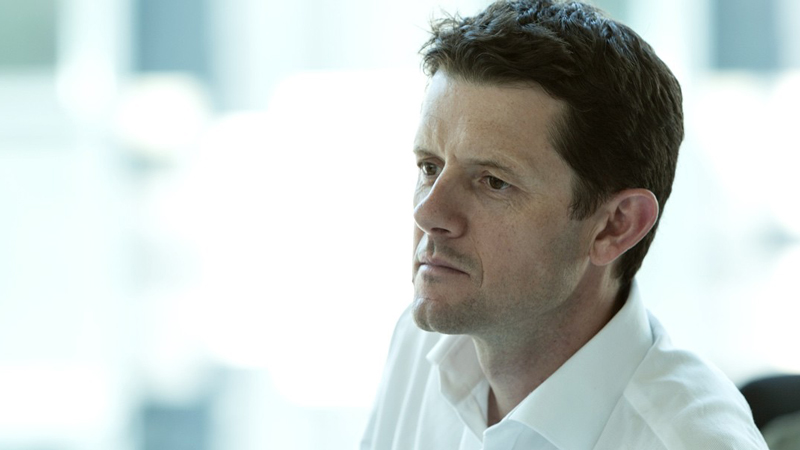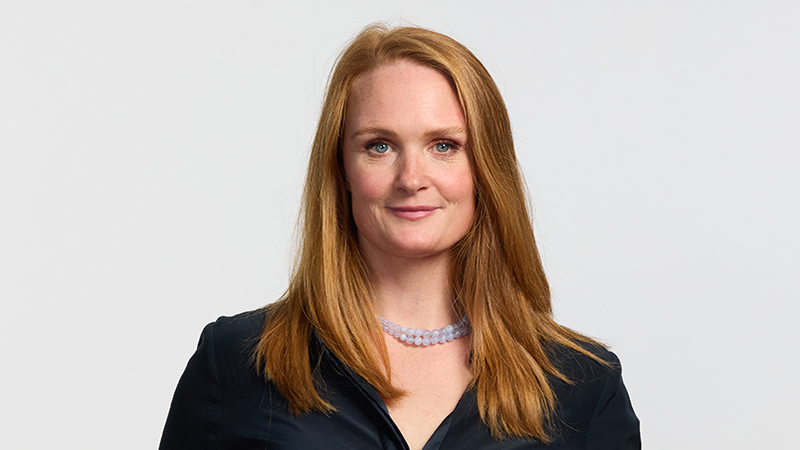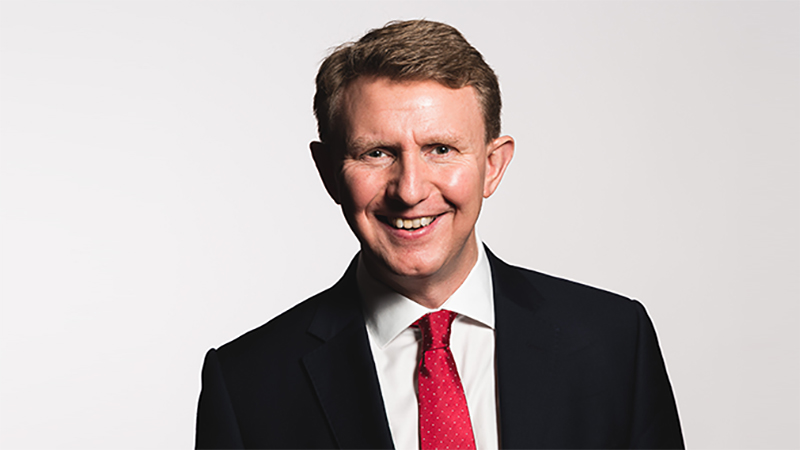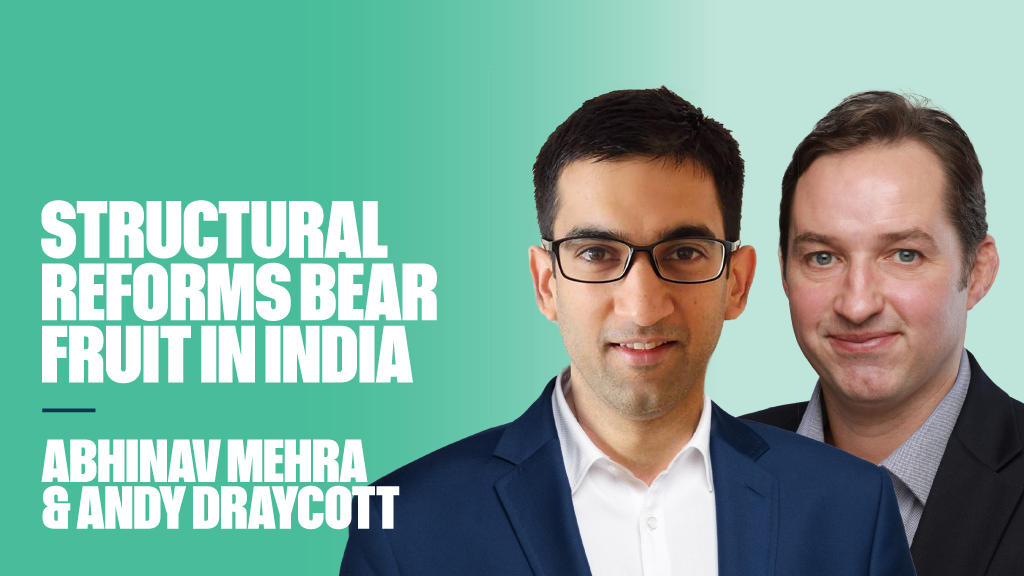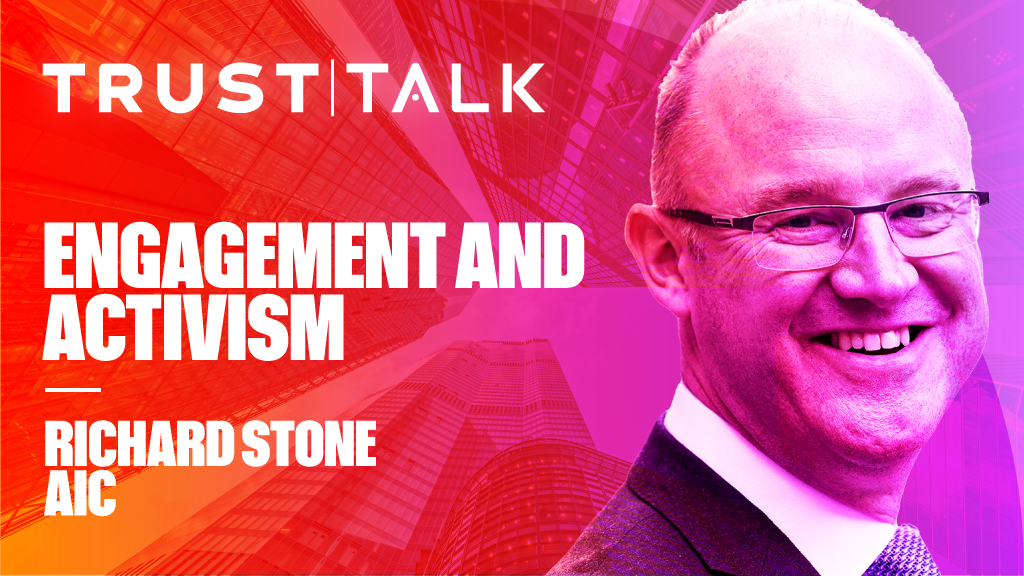According to Lipper’s annual European Fund Market Review, there was a net reduction of 43 funds fielded, though this was far fewer than the rationalisation of 801 seen in 2009. Is this anything to worry about? Lipper is probably right to dismiss any bold claims that it could herald a new dawn of product rationalisation, though it is clear that fund groups know they need to work much harder to justify new fund launches.
The facts speak for themselves – Lipper says the industry has grown by 74% over the past ten years, with nearly half of industry assets (46%) now in funds launched over the past decade. A remarkable stat, but does anybody honestly believe that this can be repeated in the next ten years?
A passive debate
This might be where you expect the active versus passive debate to rear its head, with the RDR recommendations presumably putting more pressure on active fund managers to justify their costs. Still, ETFs only make up 7.8% of equity fund assets in Europe presently, though this figure rises to 16.8% if we include traditional index trackers.
Far from being the beginning of the end for frivolous fund groups, it could also be argued that the opportunity is there for asset managers to deliver more truly innovative products. With the industry becoming more cynical about ‘me too’ products, the expansion of Ucits and the emergence of absolute return funds has opened the door for institutional strategies to become more commonplace in the retail market.
Equally, with more and more money being spent on developing proprietary tools, fund managers today have greater confidence to challenge old ideas and try out new approaches. For example, with the launch of its Global Government Bond Fund last year, Ignis’ forward rates team has challenged the dominance of duration as the way to assess fixed interest markets, while the success of Standard Life’s multi-faceted Global Absolute Return Fund (GARS) proves that professional investors are not scared to embrace new ideas.
Soft closures
We must also remember that a contraction in the number of funds available should not necessarily be interpreted as a bad thing for groups who, as we’ve seen in the emerging markets sector this month, will often make the commendable decision to soft close funds before they get too large and inflexible. There are, in general, far too many groups still herding inflows into mammoth multi-billion pound funds which they should instead be thinking about limiting.
Responsible investing only works well when it is espoused through the whole chain from the end investor though to intermediary and the fund group.


